1. Bilitis, CD 97: Pour invoquer Pan, dieu du vent d’été
Composer: Claude Debussy
Artist(s): Peter Verhoyen, Stefan de Schepper
2. Bilitis, CD 97: Pour un tombeau sans nom
Composer: Claude Debussy
Artist(s): Peter Verhoyen, Stefan de Schepper
3. Bilitis, CD 97: Pour que la nuit soit propice
Composer: Claude Debussy
Artist(s): Peter Verhoyen, Stefan de Schepper
4. Bilitis, CD 97: Pour la danseuese aux crotales
Composer: Claude Debussy
Artist(s): Peter Verhoyen, Stefan de Schepper
5. Bilitis, CD 97: Pour l’Égyptienne
Composer: Claude Debussy
Artist(s): Peter Verhoyen, Stefan de Schepper
6. Bilitis, CD 97: Pour remercier la pluie au matin
Composer: Claude Debussy
Artist(s): Peter Verhoyen, Stefan de Schepper
7. Sonatine, Op. 25
Composer: Louis Durey
Artist(s): Peter Verhoyen, Stefan de Schepper
8. Sonata, FP 185: I. Elégie
Composer: Francis Poulenc
Artist(s): Peter Verhoyen, Stefan de Schepper
9. Sonata, FP 185: II. Scherzo (très animé)
Composer: Francis Poulenc
Artist(s): Peter Verhoyen, Stefan de Schepper
10. Sonata, FP 185: III.
Composer: Francis Poulenc
Artist(s): Peter Verhoyen, Stefan de Schepper
11. 14 Pièces, Op. 157b: I. Vieille chanson
Composer: Charles Koechlin
Artist(s): Peter Verhoyen, Stefan de Schepper
12. 14 Pièces, Op. 157b: II. Gai, assez animé
Composer: Charles Koechlin
Artist(s): Peter Verhoyen, Stefan de Schepper
13. 14 Pièces, Op. 157b: III. Andante espressivo
Composer: Charles Koechlin
Artist(s): Peter Verhoyen, Stefan de Schepper
14. 14 Pièces, Op. 157b: IV. Moderato con moto
Composer: Charles Koechlin
Artist(s): Peter Verhoyen, Stefan de Schepper
15. 14 Pièces, Op. 157b: V. Allegro moderato
Composer: Charles Koechlin
Artist(s): Peter Verhoyen, Stefan de Schepper
16. 14 Pièces, Op. 157b: VI. Andante quasi adagio
Composer: Charles Koechlin
Artist(s): Peter Verhoyen, Stefan de Schepper
17. 14 Pièces, Op. 157b: VII. Beau soir
Composer: Charles Koechlin
Artist(s): Peter Verhoyen, Stefan de Schepper
18. 14 Pièces, Op. 157b: VIII. Andantino
Composer: Charles Koechlin
Artist(s): Peter Verhoyen, Stefan de Schepper
19. 14 Pièces, Op. 157b: IX. Allegretto con moto
Composer: Charles Koechlin
Artist(s): Peter Verhoyen, Stefan de Schepper
20. 14 Pièces, Op. 157b: X. Allegretto quasi andantino
Composer: Charles Koechlin
Artist(s): Peter Verhoyen, Stefan de Schepper
21. 14 Pièces, Op. 157b: XI. Allegretto
Composer: Charles Koechlin
Artist(s): Peter Verhoyen, Stefan de Schepper
22. 14 Pièces, Op. 157b: XII. Danse Printanière
Composer: Charles Koechlin
Artist(s): Peter Verhoyen, Stefan de Schepper
23. 14 Pièces, Op. 157b: XIII. Marche funèbre
Composer: Charles Koechlin
Artist(s): Peter Verhoyen, Stefan de Schepper
24. 14 Pièces, Op. 157b: XIV. Allego moderato
Composer: Charles Koechlin
Artist(s): Peter Verhoyen, Stefan de Schepper
25. Ma mère l’oye, M.60: I. Pavane de la Belle au bois dormant
Composer: Maurice Ravel
Artist(s): Peter Verhoyen, Stefan de Schepper
26. Ma mère l’oye, M.60: II. Petit Poucet
Composer: Maurice Ravel
Artist(s): Peter Verhoyen, Stefan de Schepper
27. Ma mère l’oye, M.60: III. Laideronette, Impératrice des Pagodes
Composer: Maurice Ravel
Artist(s): Peter Verhoyen, Stefan de Schepper
28. Ma mère l’oye, M.60: IV. Les entretiens de la Belle et de la Bête
Composer: Maurice Ravel
Artist(s): Peter Verhoyen, Stefan de Schepper
29. Ma mère l’oye, M.60: V. Le jardin féerique
Composer: Maurice Ravel
Artist(s): Peter Verhoyen, Stefan de Schepper


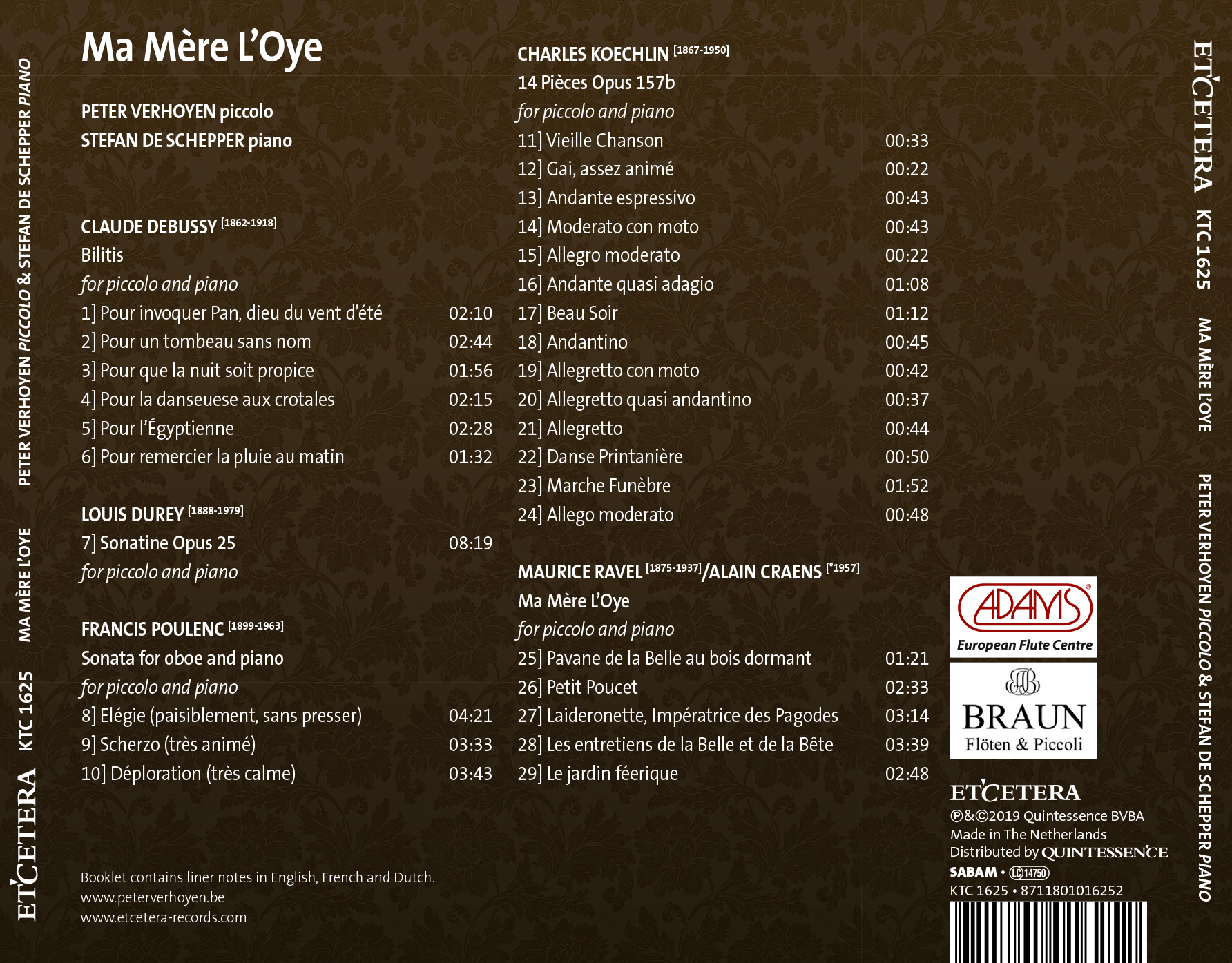

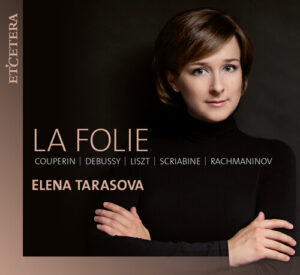
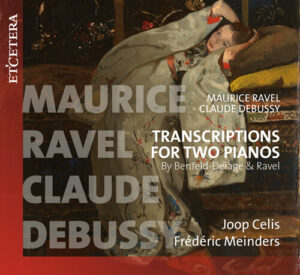
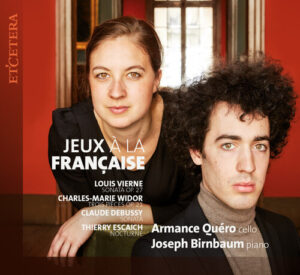
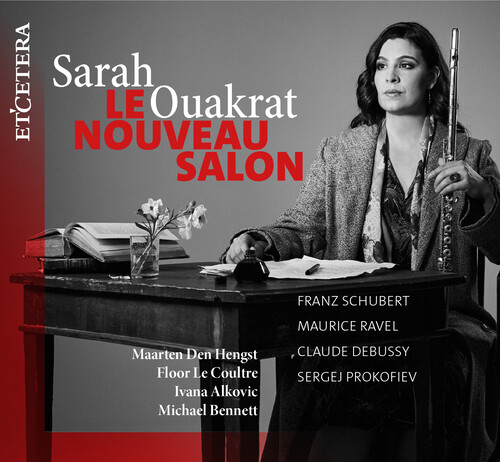
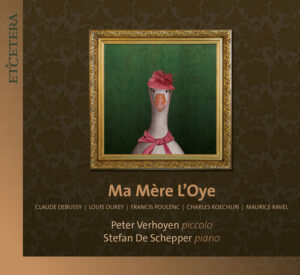
Reviews
There are no reviews yet.